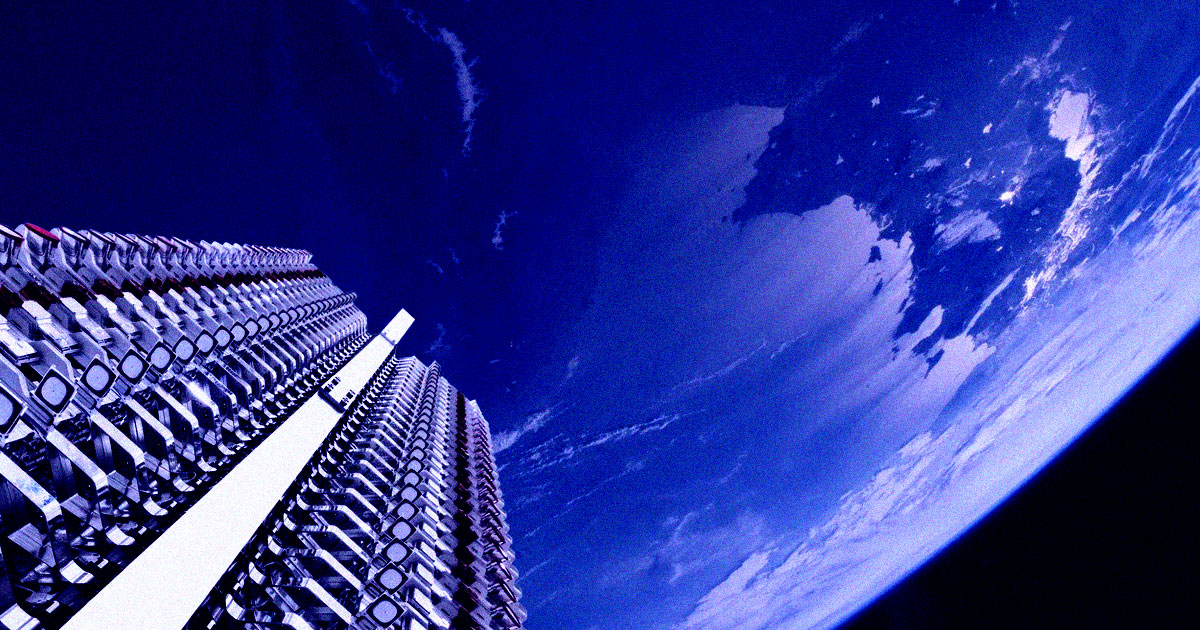- cross-posted to:
- [email protected]
- cross-posted to:
- [email protected]
Abstract from the paper in the article:
https://agupubs.onlinelibrary.wiley.com/doi/10.1029/2024GL109280
Large constellations of small satellites will significantly increase the number of objects orbiting the Earth. Satellites burn up at the end of service life during reentry, generating aluminum oxides as the main byproduct. These are known catalysts for chlorine activation that depletes ozone in the stratosphere. We present the first atomic-scale molecular dynamics simulation study to resolve the oxidation process of the satellite’s aluminum structure during mesospheric reentry, and investigate the ozone depletion potential from aluminum oxides. We find that the demise of a typical 250-kg satellite can generate around 30 kg of aluminum oxide nanoparticles, which may endure for decades in the atmosphere. Aluminum oxide compounds generated by the entire population of satellites reentering the atmosphere in 2022 are estimated at around 17 metric tons. Reentry scenarios involving mega-constellations point to over 360 metric tons of aluminum oxide compounds per year, which can lead to significant ozone depletion.
PS: wooden satellites can help mitigate this https://www.nature.com/articles/d41586-024-01456-z



burned wood in the upper atmosphere also catalyzes ozone depletion That’s why it was bad putting CFCs up there in the first place, almost everything catalyzes these reactions
Oh, so no Chlorine ever truly gets locked away from the ozone cycle…smoke particles will just keep reactivating it 😞
I thought that the idea was to stop crashing old satellites into earth and instead require they maintain enough propellent to move themselves off into a graveyard orbit.
That works for satellites in a Geostationary orbit, but Starlink satellites are in a Low Earth Orbit (LEO). While LEO is in space there are a tiny amount of atmospheric particles there which creates a tiny amount of drag. Things in LEO will come back down eventually.